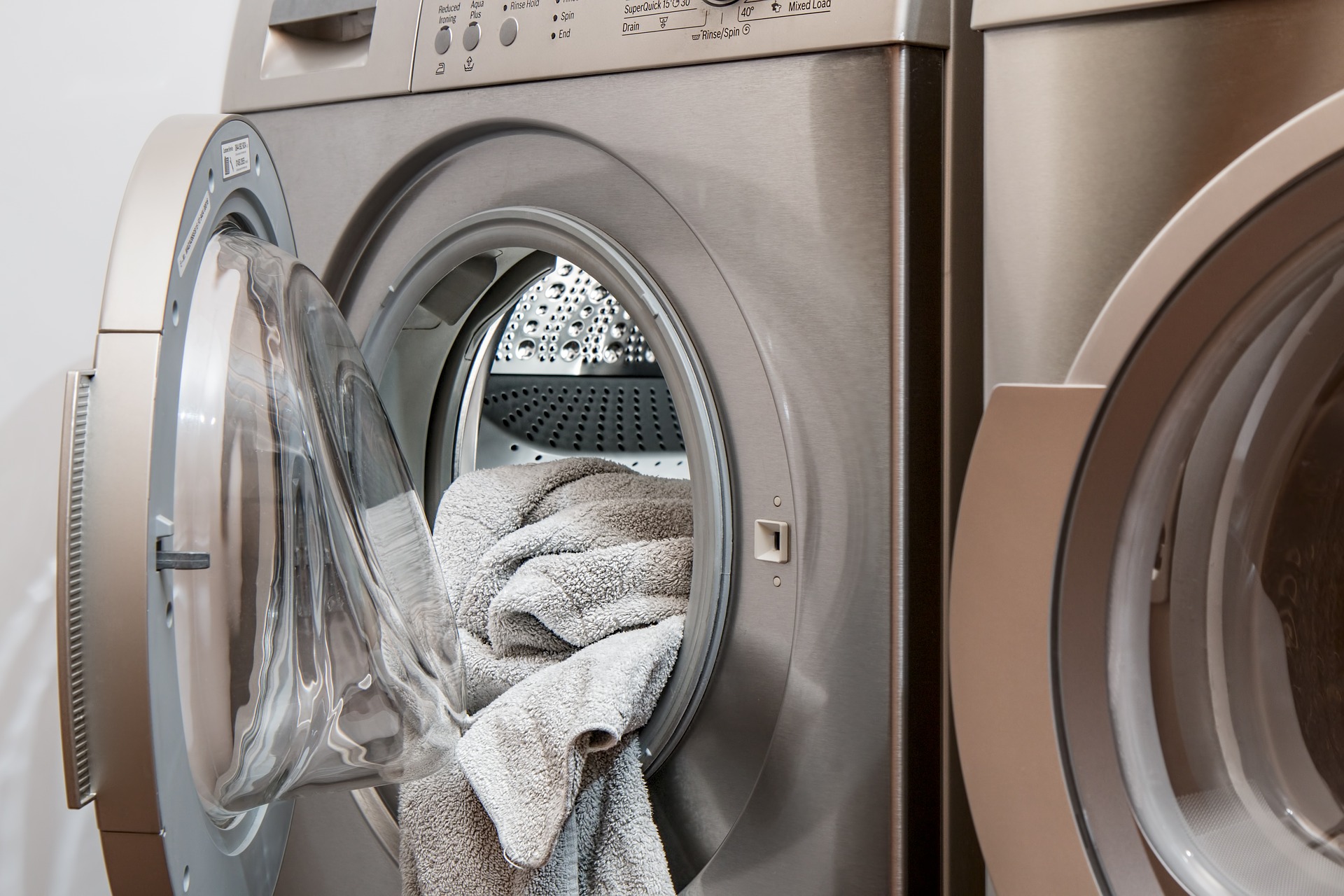Here in South Florida, the threat of tropical storms and hurricanes are just a way of life. While a major disaster due to one of these storms is rare, a disruption caused by a power outage is a more frequent occurrence. Residents will tell you that it doesn’t take more than an hour or two for things to get really uncomfortable, especially in the intense heat of the summer season. More and more, home and business owners are considering the purchase of a stand-by generator for their home.
When looking to purchase a generator, you will need to weight the cost of purchase and installation of the unit vs. the generator capacity it offers. While we would all love to have 100% of our home come back online under generator power, that is unlikely.
There are many brands of generator, and each home or business owner will have a different power load based on their specific appliances, machinery, and usage. When you are ready to purchase a generator, your dealer will help you to understand your need, and recommend the best generator for your budget and situation.
Starting Watts vs. Running Watts
Each time you turn an appliance on, a boost of power is required to get it started. This power demand is known as starting watts. Once fully on, the appliance will use a stable amount of power. This power requirement is referred to as running watts. In regards your generator, running watts refer to the maximum power your unit can provide over a continuous time period.
When you match your appliance requirements to a specific generator, compare running watts with running watts. Be sure to take into account that the initial “surge” of energy – starting watts – is required when you turn on a new appliance.
EXAMPLE: Assume you have 3 appliances you would like to run. Combined, they total 2,400 running watts. You may think you can safely purchase 2,500 watt generator. However, you are likely to run into a problem.
If your refrigerator consumes 500 running watts, and you are only utilizing 1,900 running watts at the moment, you may feel comfortable switching on the appliance. Unfortunately, the average refrigerator requires 750 starting watts to begin operation, which will overload the system and cause it to all shut down.
It becomes important, then, to either only run one or two critical systems during a power outage – for instance your air conditioning and your refrigerator; or plan on purchasing a much larger generator if you can’t imagine getting by without all of your appliances.
Generator Capacity – Standard Starting and Running Watts
Again, appliances can vary greatly, but these numbers are meant to give you a basic idea of the consumption of some of the most commonly required appliances during an extended power outage.
- Refrigerator and Freezer combined unit: 750 starting watts / 500 running watts
- Standalone Freezer: 1890 starting watts / 720 running watts
- Mini Fridge: 2,000 starting watts / 500 running watts
- Central Air Conditioner (3 ton) : 7,200 starting watts / 5,400 running watts
- Clothes Washer: 2,200 starting watts / 1150 running watts
- Garage Door Opener: 1,000 starting watts / 500 running watts
Many appliances require no starting watts, but their running watts must be figured into your total required generator capacity. These include:
- Water Heater: 4,000 running watts
- Coffeemaker: 1,200 running watts
- Computer – PC: 300 running watts
- Electric skillet: 1,200 running watts
It cannot be emphasized enough that these numbers are meant to provide a general guideline only. When you call Promise Electric to consult with you about the correct generator unit for your needs, we will discuss your exact appliances and power loads, and give you expert recommendations as to usage and capacity.
We don’t just sell you a generator – we install a solution.



